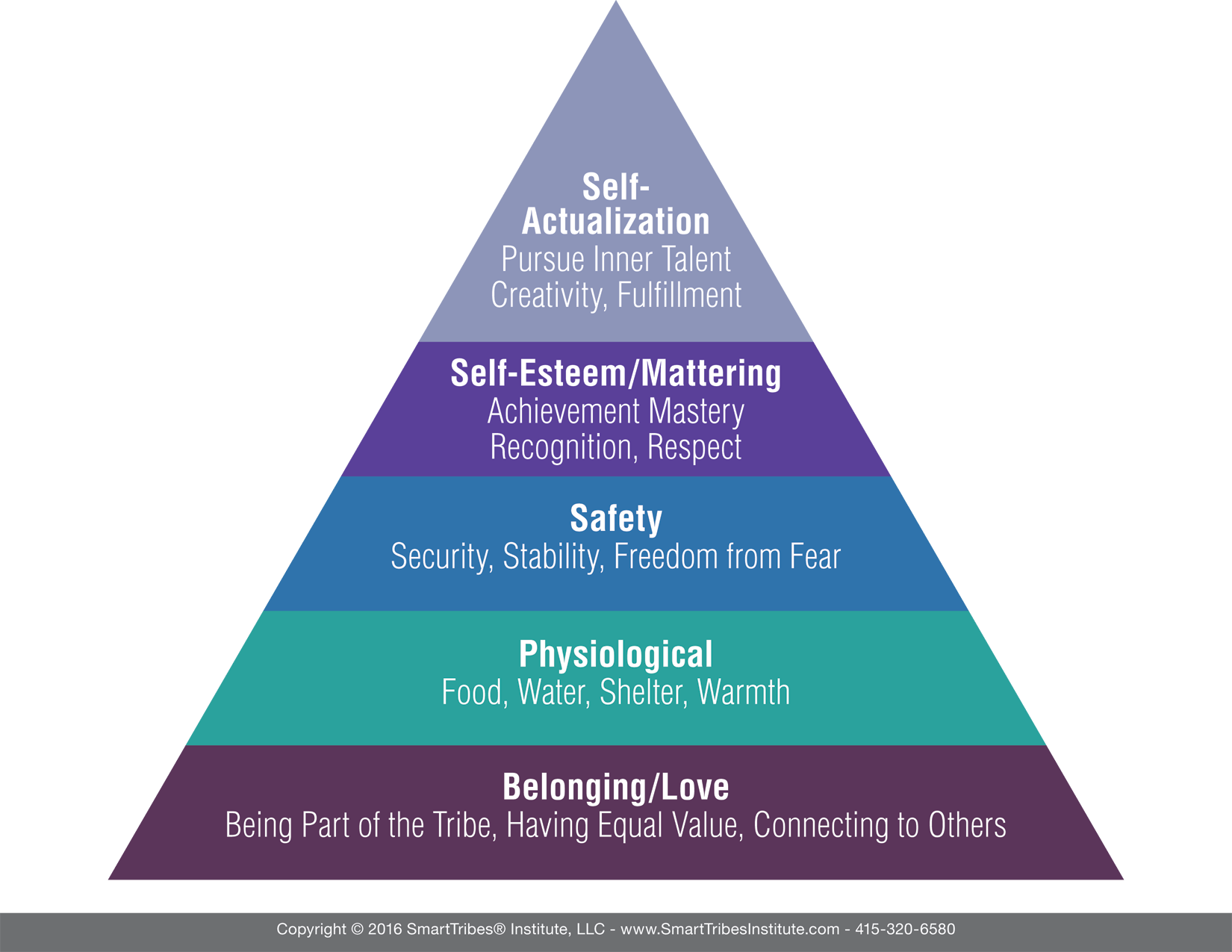 A new survey by the American Management Association (AMA) suggests today’s leaders have little confidence that their employees have the skills to excel in a global economy. Wow.
A new survey by the American Management Association (AMA) suggests today’s leaders have little confidence that their employees have the skills to excel in a global economy. Wow.
AMA’s announcement read: “Executives admit that the majority of their workforce is average—or below average—in communication skills (62 percent), creativity (61 percent), collaboration (52 percent), and critical thinking (49 percent).”
In other words, we have an epidemic of ho-hum employees. And ho-hum won’t hack it in a global marketplace.
But wait–there are two larger problems that tie into the AMA’s new findings:
1. There’s a serious talent shortage.
2. Most employees are deeply disengaged, which makes them unlikely to develop and hone the skills pinpointed in the AMA survey.
Both assertions are research-backed—and both explain why many leaders are now applying the latest neuroscience techniques to optimize their teams. Let’s explore them one at a time:
Problem 1: Our National Talent Shortage. There’s a raging war for talent out there. With only so many rock stars on the planet, it’s impossible to have a company of them entirely. And talent constraints are seriously damaging USA companies.
The 2012 PricewaterhouseCoopers CEO Survey found that having (or not having) the right talent in place can impact innovation, market opportunities, the ability to deliver on strategic initiatives, growth, and quality of output. Talent was the number one concern for CEOs. Period.
Here’s how CEOs responded when asked: “How have talent constraints impacted your company’s growth and profitability over the past 12 months?”
| Key Issue: How have talent constraints impacted your company’s growth and profitability over the past 12 months? | USA CEO Results | Global CEO Results |
| Cancelled or delayed a key strategic initiative | 22% | 24% |
| Unable to pursue a market opportunity | 24% | 29% |
| Weren’t able to innovate effectively | 20% | 31% |
| Couldn’t achieve growth forecasts where they were based | 16% | 24% |
| Quality standards fell | 16% | 21% |
| Talent-related expenses rose more than expected | 43% | 43% |
But there’s only so much top talent out there. At the end of the day, you’ve got to maximize the talent you already have.
Problem 2: Our National Engagement Shortage. Per Gallup, 71 percent of American workers are emotionally disengaged. This means 71 percent of our entire workforce isn’t putting their heart into their work and doesn’t deeply care about their company.
This is a huge problem. An unengaged workforce won’t excel at the AMA’s “four Cs” (communication, creativity, collaboration, critical thinking). And being lackluster in these critical areas means you’ll never be able to maximize growth and productivity—talent constraints or no.
Don’t Just Fix the Symptoms
Leaders often assume growth depends on finding and fixing problems. They want salespeople to sell more, engineers to innovate faster and with greater ingenuity, client-care people to better service accounts, and so on.
Yet these are not the real problems. They are merely symptoms of underlying structural problems, indications of people getting stuck in their fear-driven Critter State—in fight, flight, or freeze.And as I mentioned in my Hijack blog, leaders often put their teams exactly there, albeit unintentionally.
When employees are stuck in their Critter State, they’re focused on their own survival. Rather than thinking in ways that move the company forward, they think in ways that make them feel “safe” at the moment. (Ironically, they’re anything but.)
The Smart State Solution
Fixing the engagement problem—and creating conditions that foster the AMA’s “four Cs”—means getting companies into their Smart State. When we’re in the Smart State, we not only feel safe, we can access the whole brain. We are more innovative, clear thinking, and able to collaborate freely. We can see a brighter future and feel driven to create it.
The ROI of workers in their Smart State is proven and solid:
- Individuals are up to 50 percent more productive.
- Marketing demand generation increases up to 237 percent.
- Sales are closed up to 50 percent faster.
- Revenues and profits increase up to 210 percent annually.
- Individuals are 67–100 percent more emotionally engaged, loyal, accountable, and ownership focused.
- New products and services are created up to 48 percent faster.
I cannot, in this small space, provide all the neuroscience tools you need to become smarter, more productive, more competitive, and more profitable overnight. Yet I can offer a few tips:
1. Use simple, high-impact SmartTribe tools to reduce Critter State Behaviors. One example is Inquiry vs. Advocacy. Instead of telling people how to do something (advocacy), leaders ask them how they would do it (inquiry). A good goal is to allow five inquiries for each advocacy. This creates a sense of safety, belonging, and mattering, which reduces fear and increases ownership.
2. Use specific behavior stances to more effectively influence outcomes. If you need to build connection and safety with someone who is in the Critter State, you can use the Mommy Stance (“Pierre, you are a huge asset to this organization; your performance has been exceptional in the past. I know how great you are…”) combined with the Drill Sergeant Stance (“…and we need to get you back on track NOW or I’ll have to put you on probation.”). I’ll cover more examples in a future blog.
3. Activate the Social Reward network. Fear may push people to action, but this approach is not sustainable and ultimately leads to either burnout or extreme apathy. The imagining of a new, better future where there are compelling rewards pulls, attracts, and draws people forward, and emotionally engages them. With vision, the Smart State is engaged, and we can create, love what we’re doing, work longer hours, and leave work excited and wanting to come back for more.
To learn more about revving up your employees and winning the war on talent, download an excerpt of my upcoming book, SmartTribes: How Teams Become Brilliant Together.






